As I type this, my fingers are stained a deep brown—espresso, as its manufacturer named it—a souvenir from spending the last few days sanding, staining and (soon!) sealing the banister on the loft of my fixer-upper.
I’ve spent the last year slowly renovating a traditional plantation-style house in Hawaii, an endeavor that’s been both fun and frustrating, and promises to yield a nice profit. I have another year until it’s finished, a timeline established by my work schedule and by the fact that my husband is more often at sea working as a submariner than he is home, so I do most the work myself.

Fixer-uppers are common investments these days (thanks, Joanna Gaines!), but I’ve been around them my whole life. My parents own a home-building company, and in their spare time, they flipped homes. We lived in and renovated some rough-looking houses during my childhood. Once they pristine and polished, they’d sell and buy a new one.
As a kid, this used to embarrass me. Now, it excites me.
Over the next few months, I’m going to share some of my renovating stories. I’ve built interior walls to add a new bedroom, rewired my kitchen, laid flooring, and done a lot of painting (seriously, it never ends). For now, I’m going to share what my family taught me about how to pick and renovate the perfect project home.
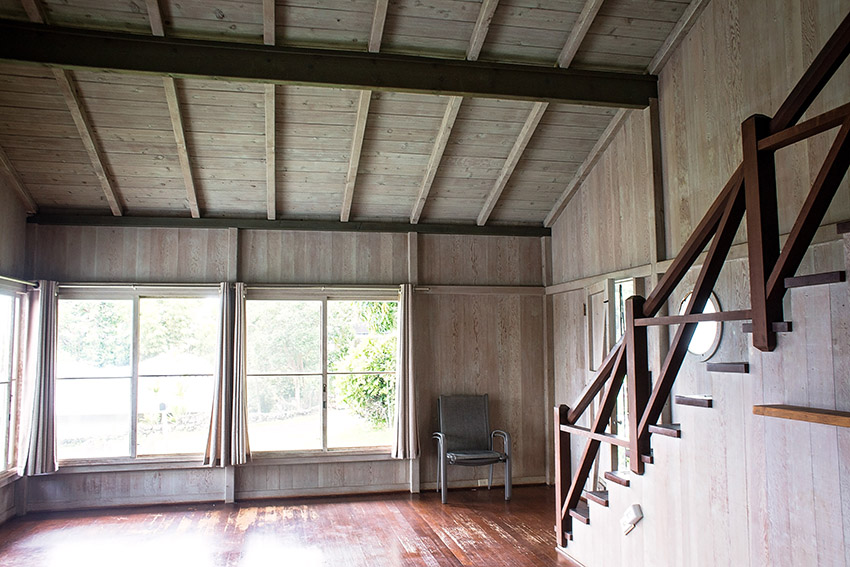
You want a fixer, not a fiasco
The key to a good flip house is finding one that has the cliché of the industry: good bones. As I was searching for this house, I found one intriguing property that had foundation and roof issues—and I wasn’t about to mess with that, so I moved on.
The house I settled on was an older, plantation-style home with gross carpet, an inexplicable wall blocking the fridge from the rest of the kitchen, and no driveway. I often say that if the owners had simply given the place a coat of paint before they’d listed it, I couldn’t have afforded it.
The house needed a lot of cosmetic work, but it didn’t need anything structural. I found a reliable, well-reviewed inspector who told me what to worry about, and more than that, told me what was solid. Inspectors can’t catch everything, but they can catch a lot, so make sure you get a good one, and research the list of problems they give you. Stay away from the huge problems and stick with the cosmetic, or budget for the larger fixes.
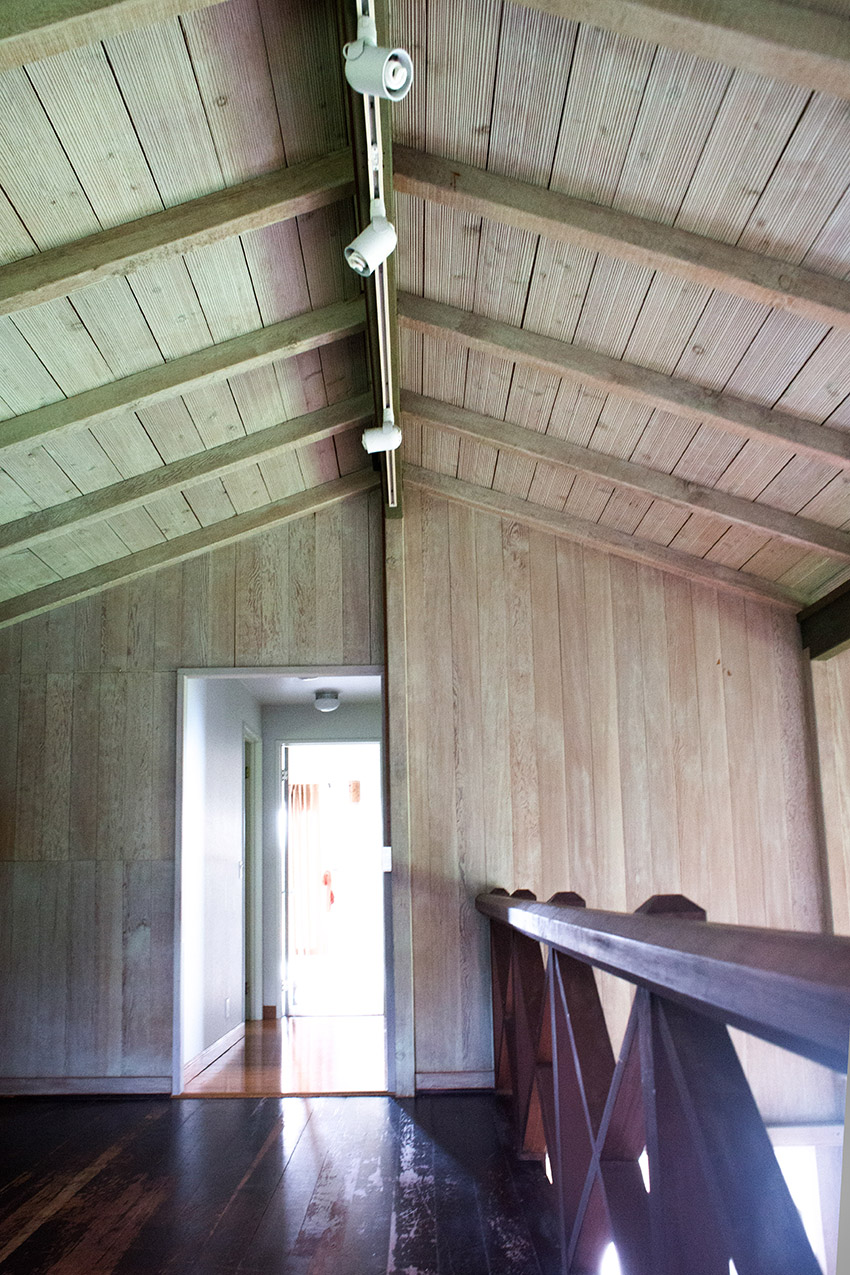
Keep it classic
It’s so easy to look at Pinterest and follow everything you see. Shiplap! Gray and navy cabinets! Butcher blocks!
If you’re planning to flip the house in only a few months, following trends isn’t necessarily a bad thing. However, if you plan to buy and live in a house like I am, consider what you say when you look at houses: “Ugh, look at that recessed wall for a TV.” “That sponge paint.” “That carpet over hardwood!” The audacity!
All of those things were trends not too long ago. So when you two-tone your cabinets or spend a nice chunk of money herringbone tile floor, remember: In a few years, people might look at your house and call your reclaimed wood accent wall so 2019. They might wonder if they can negotiate down the price because of all the updates it needs.
My solution? I keep things classic with the expensive things, like counters and flooring, and follow the trends with décor. I once took a “Millennial Apartment Bingo” quiz from Apartment Therapy, and I checked almost every box—my house is decorated according to what’s in fashion, but the home itself is classic. The flooring, paint, and kitchen fixtures I chose are timeless, and won’t date the house. If people can tell when it was renovated, every passing year is a liability.
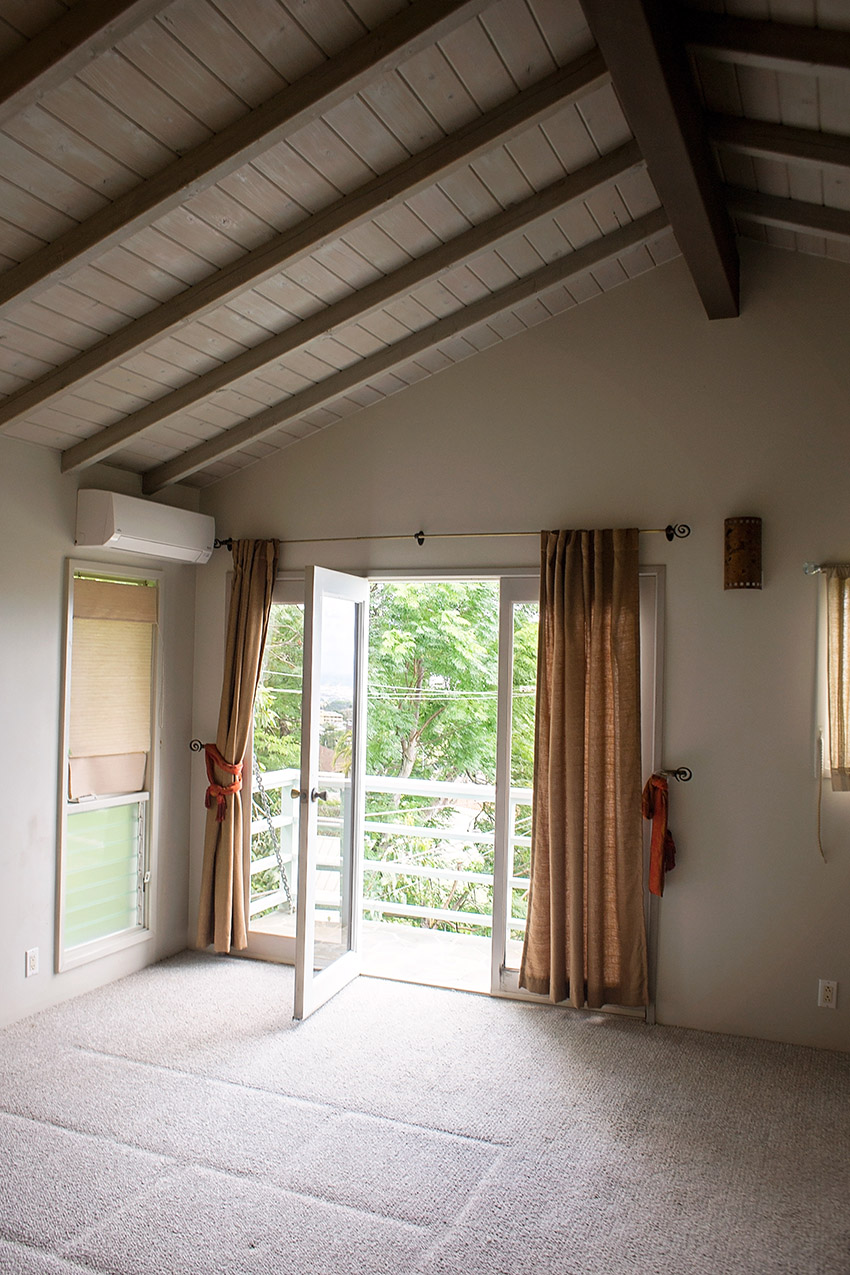
Location, location, location
Okay, it’s cliché. But it’s true. Every market is different, but on Oahu, traffic is a way of life. I’ve been stuck in traffic jams at 1 a.m. on multiple occasions. So, when I was looking for homes, I made sure to find a house that was centrally located. In addition to its central location, my fixer-upper has ocean, city, and Diamond Head views, which will always be valuable. Sure, I could get a bigger house with fewer needs in the ‘burbs, but I bought my home two years ago, and watching how property has appreciated, I know I made the right choice prioritizing location over size. Do research to determine what matters in your market, but no matter where you are, location will always be important.
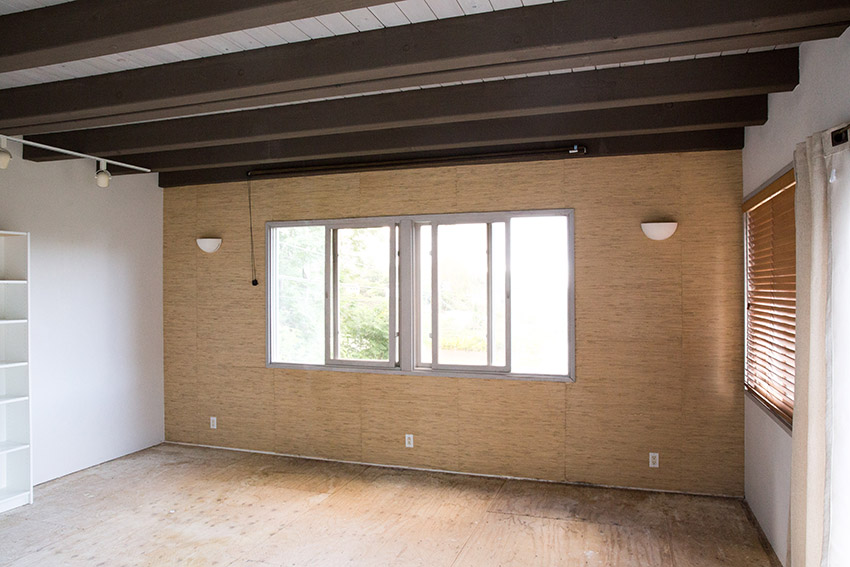
Don’t get emotionally attached
This is the hardest for me. Here comes another cliché, but when you pour your blood (literally), sweat (hello, it’s Hawaii!), and tears (of anger) into a house, it’s hard not to get attached. So, when you’re looking at finishes for your home, it’s easy to want to go with what you want, not what is rational and financially sound.
In my house, there have been times when it made sense to go high-end (as with our floors or countertops). There have been times when it made more financial sense to do something mid-range (keep an eye out for an article about how I rehabbed my custom-built cabinets!). When you’ve put so much time and money into something, it’s easy to get caught up in what you personally would like, but it’s important to always focus on your return on investment. Great floors will increase the value of your home. Expensive baseboard trim? Probably not.
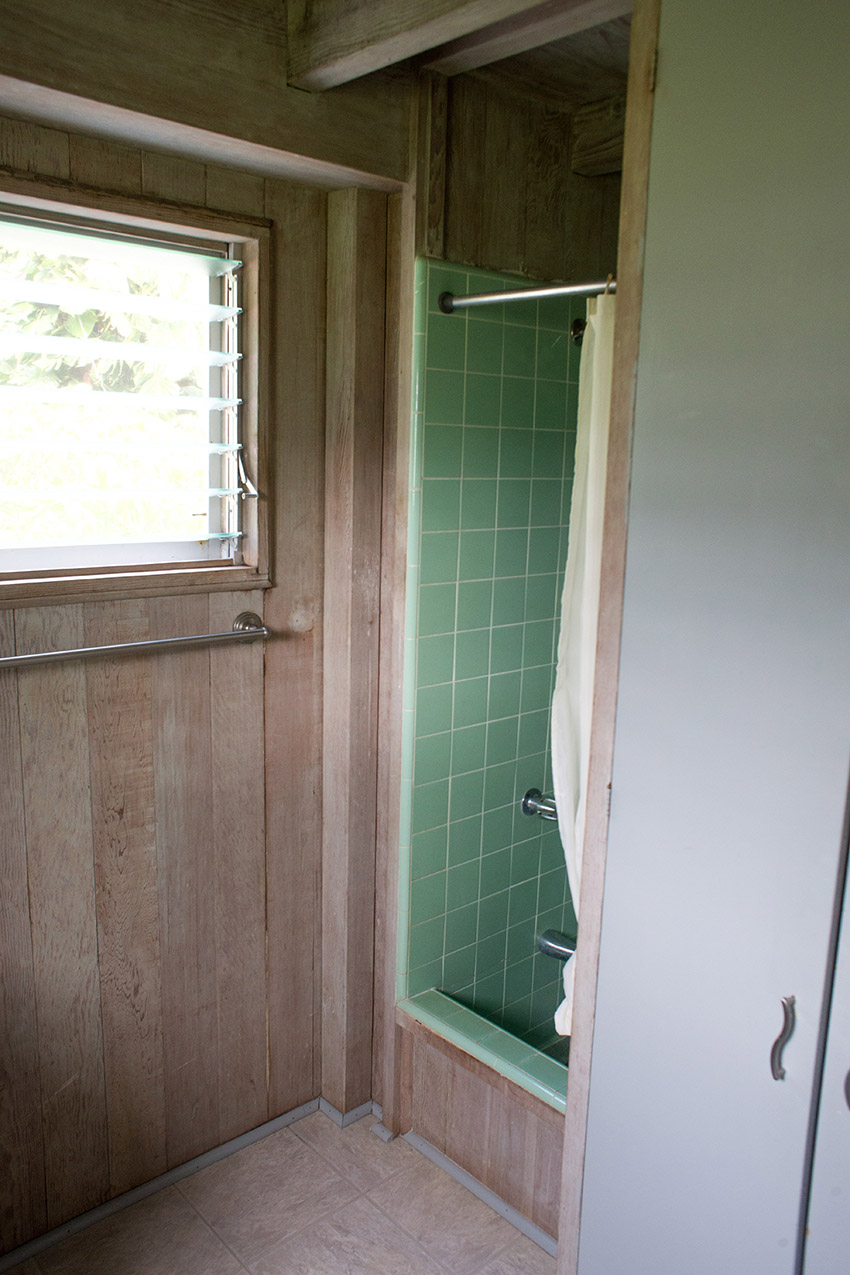
Know when to DIY and when to call the pros
As I mentioned, I’ve done the bulk of my renovation projects myself, or with my husband when he’s here, but it’s important to know your limits and when to call in a professional.
My dad once told me you aren’t a homeowner until you wonder what the homeowner before you was thinking. He’s right: I’ve never been so annoyed as I was when I tore down some wallpaper and discovered someone hung the drywall in our living room wrong. You’re supposed to hang it 1/2” off the subfloor to avoid moisture issues, but there it was, brazenly perched right on the subfloor with the telltale discoloration of water damage.
One of the reasons my renovation is taking so long is that I spent months fixing incorrectly installed drywall left behind by our previous owner, and it’s thankless work because fixing it yields no cosmetic difference.
I’m all for tackling a project yourself when you can. In fact, tons of people warned me against hanging my own drywall when my husband and I were building our interior walls, though I considered that a challenge. However, I spent countless hours researching how to do it right, and when it got monotonous, I didn’t cut corners, even though mudding drywall takes forever to do right.

If you don’t have the time or desire to be so meticulous about important projects, it’s better to hire a pro. I’m grateful I caught the drywall issue when I did, because that could have been much more expensive in the long run than the cost of professional drywall installation would have been in the first place.
My parents, my professional advisory, have been very encouraging in all my DIY home improvement exploits, but they’ve also told me when I should call someone in for help. Certain things are better not done at all than done poorly.
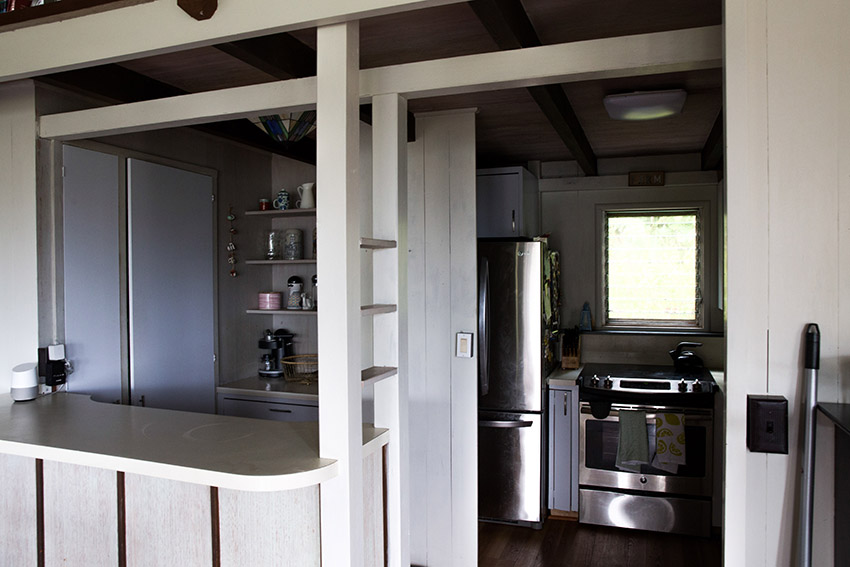
So far, my experience renovating has been positive. It’s been frustrating, and a bit more work than I anticipated, but it’s also been oddly empowering completing these projects on my own. As I mentioned, my husband is often at sea or deployed, so I’ve done a lot of the work on our house myself, with a business to run and a baby to raise. Knowing I’m capable of these things has created confidence that’s hard to describe.
Our home’s value has increased, too. We are confident in our investment and our greatest worry about the house is whether we should keep it and rent it or sell it and take our equity. Buying a home is always a risk, and not one to be taken lightly, but with work ethic, a penchant for hard work, and some vision, a fixer-upper can be a rewarding, difficult, and prudent investment.
In the coming posts, I’ll be sharing progress along with my tips for doing DIY right, keeping things eco friendly whenever we can, and as affordable as possible too.
Do you have any questions about tackling a fixer-upper for me? Find more green living ideas here!
